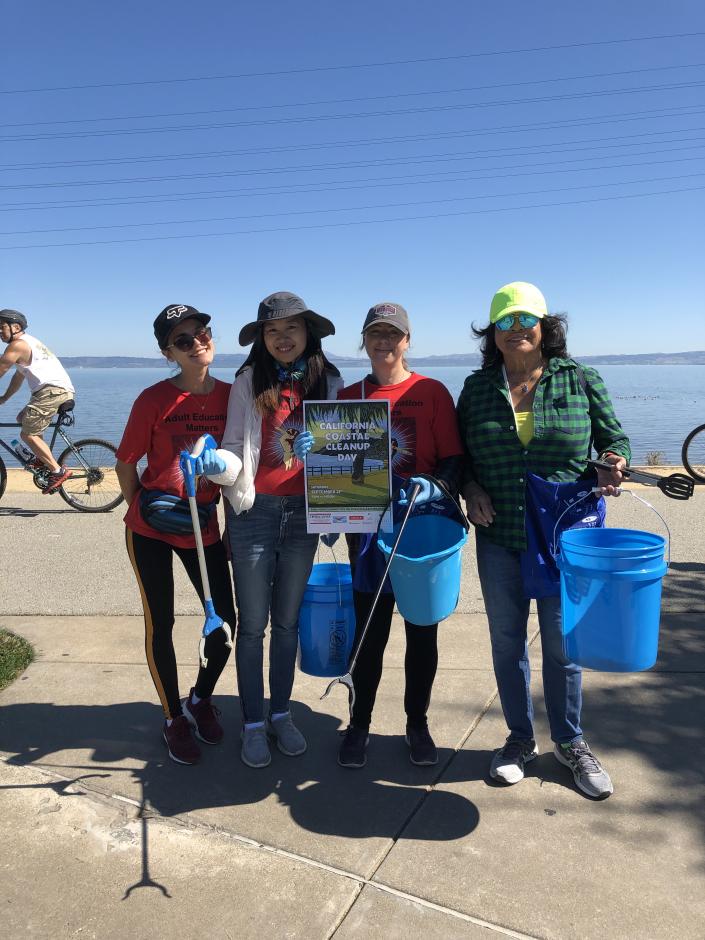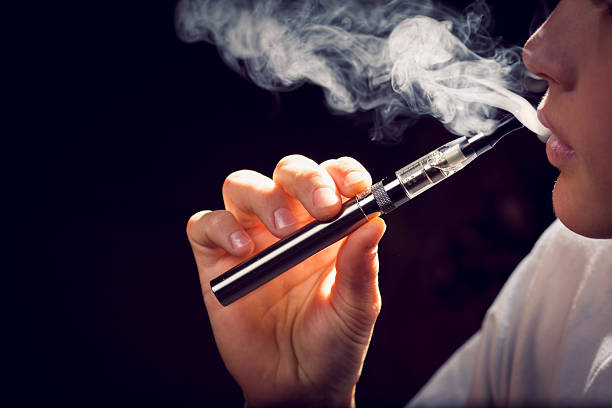Radon, Carbon Monoxide, & VOCs
January as National Radon Action Month would be a good time to develop a national radon awareness campaign to create awareness of the risk posed by radon gas in indoor environments.
By holding radon awareness events and activities in my community, I could join the national effort to save the lives from radon exposure under the Radon Saving Lives Campaign.
The campaign include;
- Educate the public to know that a healthy indoor air environment is part of a green lifestyle and that protecting their families from radon is an environmentally aware and responsible choice.
- Educates the public about how easy it is to test for this invisible environmental health hazard.
- Ask media outlets in my area to use the Living Healthy & Green TV, radio and print ads (available in English and Spanish) during January, National Radon Action Month, and in the months to follow. A successful media outreach approach can increase the success of my event.
- Use the campaign materials to introduce myself to the local media and work together to educate the public about how to improve air quality and preserve families’ well being indoors and out.
- Educate homeowners about the risk and inform homeowners and employers about simple ways to fix the problem.
As part of radon outreach activities, I would encourage other
stakeholders to get involved in efforts to increase radon outreach in January. For example;
- Ask the Mayor or City Council to issue a radon proclamation.
- Churches, community centers, even local beauty salons and barbershops, could be effective venues for reaching out to my community.
- Send a bill insert to my local utility providers (e.g. water, gas, electric) and ask them to include it with their January bill statement mailings. This is an easy, effective, and inexpensive way to reach the vast majority of my community.
As a nurse I would illustrate multiple exposures patient may face in the home environment which shows my role in prevention and response. I could improve my patient environmental health by providing risk assessments, environmental health education, and referrals to community health nurses and environmental health specialists. Resources on indoor air quality and maintaining a healthy home could be provided.
The following three Volatile Organic Compounds are seen at my home:
- Perfume
- Cleaning products
- Carpet
The three VOCs at my workplace include:
- Copy machine
- Glues
- Disinfectant products
To reduce exposures to these VOCs, I will:
- Inventory my home for every source of off-gassing, and remove the items from my home.
- Read labels.Choose products with no, or low VOC’s will significantly lower my exposure.
- Open the windows. Allowing fresh air to flow through my house even for just a couple of hours a day will help circulate fresh air, dissipating volatile chemical compounds.
- For carpeting, consider getting a few area rugs, use natural carpet fibers, or choose carpeting that does not use adhesives.
- Choose natural cleaners that have non-chlorine bleach, ammonia free, and aerosol free. I can make my own products with baking soda, vinegar, salt, and lemon.
- Report my concerns immediately to supervisors or those responsible for building safety and health or maintenance
- Avoid the use of air fresheners and room deodorizers, as these can result in eye, nose and throat irritation
I would provide the following information to my pregnant patient whom asking about straightening the hair;
During pregnancy, the blood volume increases to protect and nourish the baby. As a result of increased blood flow, pregnant women can become ultra sensitive to chemicals. Some women start feeling nauseous and experience headaches directly after using these hair treatments. Some doctors as well as hair stylists discourage use of relaxers because they may not be effective on the hair during pregnancy. When a woman becomes pregnant often times the texture of the hair changes causing it to react differently to the chemicals, so it may not turn out straight after all.
Sodium Hydroxide is a dangerous chemical used in many chemical relaxers and it yields long lasting effects. some of these products contain formaldehyde, petroleum and coal tar! It’s no wonder that these ingredients cause hormonal disruption and other problems.
During pregnancy, the blood volume increases to protect and nourish the baby. As a result of increased blood flow, pregnant women can become ultra sensitive to chemicals. Some women start feeling nauseous and experience headaches directly after using these hair treatments. Some doctors as well as hair stylists discourage use of relaxers because they may not be effective on the hair during pregnancy. When a woman becomes pregnant often times the texture of the hair changes causing it to react differently to the chemicals, so it may not turn out straight after all.
Sodium Hydroxide is a dangerous chemical used in many chemical relaxers and it yields long lasting effects. some of these products contain formaldehyde, petroleum and coal tar! It’s no wonder that these ingredients cause hormonal disruption and other problems.
NEWS
Mar 07, 2019
People puffing e-cigs are more likely to have heart attacks, strokes and depression
A new, yet to-be-published study of nearly 100,000 Americans finds e-cigarette users are 56 percent more likely to have a heart attack and 30 percent more likely to have a stroke than non-users.
"These data are a real wake-up call and should prompt more action and awareness about the dangers of e-cigarettes," said Dr. Mohinder Vindhyal, assistant professor at the University of Kansas School of Medicine Wichita and the study's lead author, in a statement.
Regulators are scrambling to catch up. Just this week U.S. Food and Drug Administration Commissioner Dr. Scott Gottlieb put out a strong statement calling kids' e-cigarette use an "epidemic" and outlined actions to stop children's access to the products.
The letter called out retailers such as Walgreen Co., 7-Eleven, and gas stations such as Marathon, Exxon, Sunoco, BP, Citgo and Mobil, for having "disturbingly high rates of violations for illegal sales of tobacco products to minors."
"Companies should be on notice that the FDA is considering additional enforcement avenues to address high rates of violations," Gottlieb wrote. "Ignoring the law and then paying associated fines and penalties should not simply be viewed as a cost of doing business.'
The next day, Gottlieb, who was known even prior to the letter for his aggressive actions to regulate tobacco and e-cigarette businesses, unexpectedly announced that he would resign at the end of the month.
Blog # 14
Water

Blog # 14
Water

The goal of the Groundwater Protection Program is to protect underground water supplies and surface waters, such as the creeks, streams, ocean and the Bay, from chemical pollution.
Information such as reports, workshop slides, and agendas on the San Mateo Plain Sub-Basin groundwater assessment can be found at the Office of Sustainability’s Groundwater website and select San Mateo Plain Sub-Basin.
Inspection staff oversee clean-up of pollution caused by leaking underground tanks and chemical spills. They work with other agencies, such as the Environmental Protection Agency (EPA) and the Water Quality Control Boards to make sure the clean-up process follows State and local laws.
Inspection staff also issue permits for installing wells and soil borings for geotechnical or environmental investigations. Staff can answer questions about contaminated sites or provide information on regional underground water supplies.
Coastal Cleanup Day (CCD) is an annual waterway and land cleanup held on the third Saturday of every September. It’s California’s largest volunteer event and brings community awareness to cleaning up and protecting the marine environment.
San Mateo County coordinates CCD in conjunction with the California Coastal Commission, the Ocean Conservancy, and many Statewide and local partners.
Cleanups are held at over 30 beaches, creeks, waterways, parks and neighborhoods throughout the County.

It would be interesting to be a member of groundwater foundation as groundwater guardian to provide support and encouragement for community to begin groundwater awareness activities, motivation to continue protecting the program, and recognition for program's achievements.
I believe the best way to change the policy in water protection would be active attendance and participation in various water safety events such as meetings, panels, and workshops. So I would have chance to meet the policymakers, members and staff of the San Mateo Countywide Water Coordination Committee to discuss local issues in water management, and have voice to change or support the strategies.

Hi Zahra,
ReplyDeleteInteresting article in regards to vaping, because I've been seeing a lot of people vaping lately and I remembered asking someone their reason for choosing vaping over cigarette smoking; they claimed that vaping was less harmful. It is unfortunate that children become the targets of the vaping market, and I think it is important to limit their access to these certain products that can hinder their health. I also think you provided a great list of ways to reduce VOC exposures!